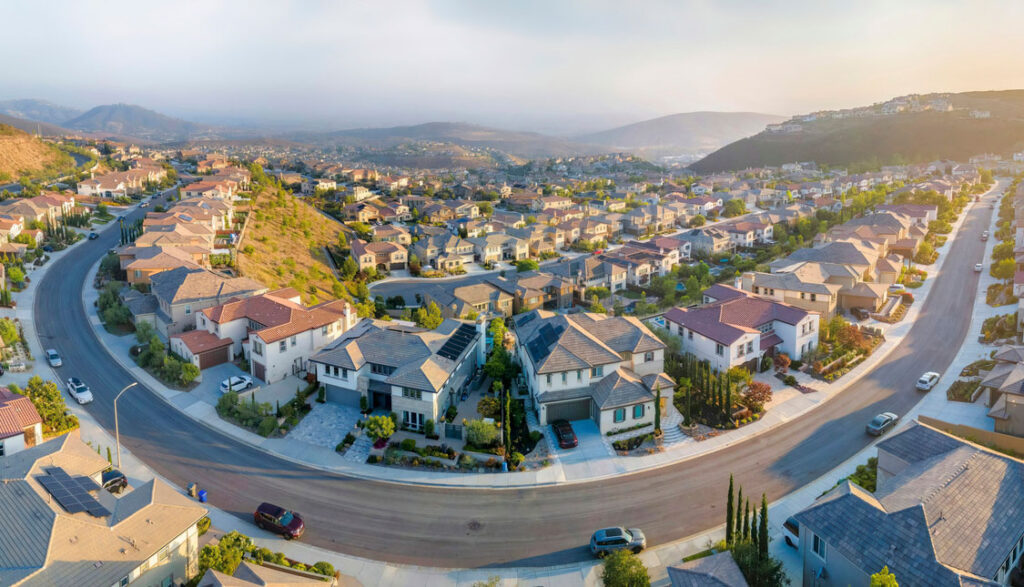Menu
Close
Close
Case Study
But there was no standard way to quantify urban heat islands in California, or to compare them across different metropolitan areas. There was no index and no maps showing where and how intensely urban heat islands were appearing.


California’s Environmental Protection Agency (CalEPA) asked Spatial Informatics Group and our partner Altostratus to develop an Urban Heat Island Index (UHI) for the State of California.
The objective was to create a tool that can be used in a range of applications: as an additional layer of information on existing tools, helping to identify disproportionately impacted communities; as a way to pinpoint potential energy savings, air quality improvements, and GHG reductions from urban heat island mitigation measures like increasing green space and planting trees; and as a method of discovering potential public health implications for urban heat islands as well as options for mitigation through better building design and urban planning.